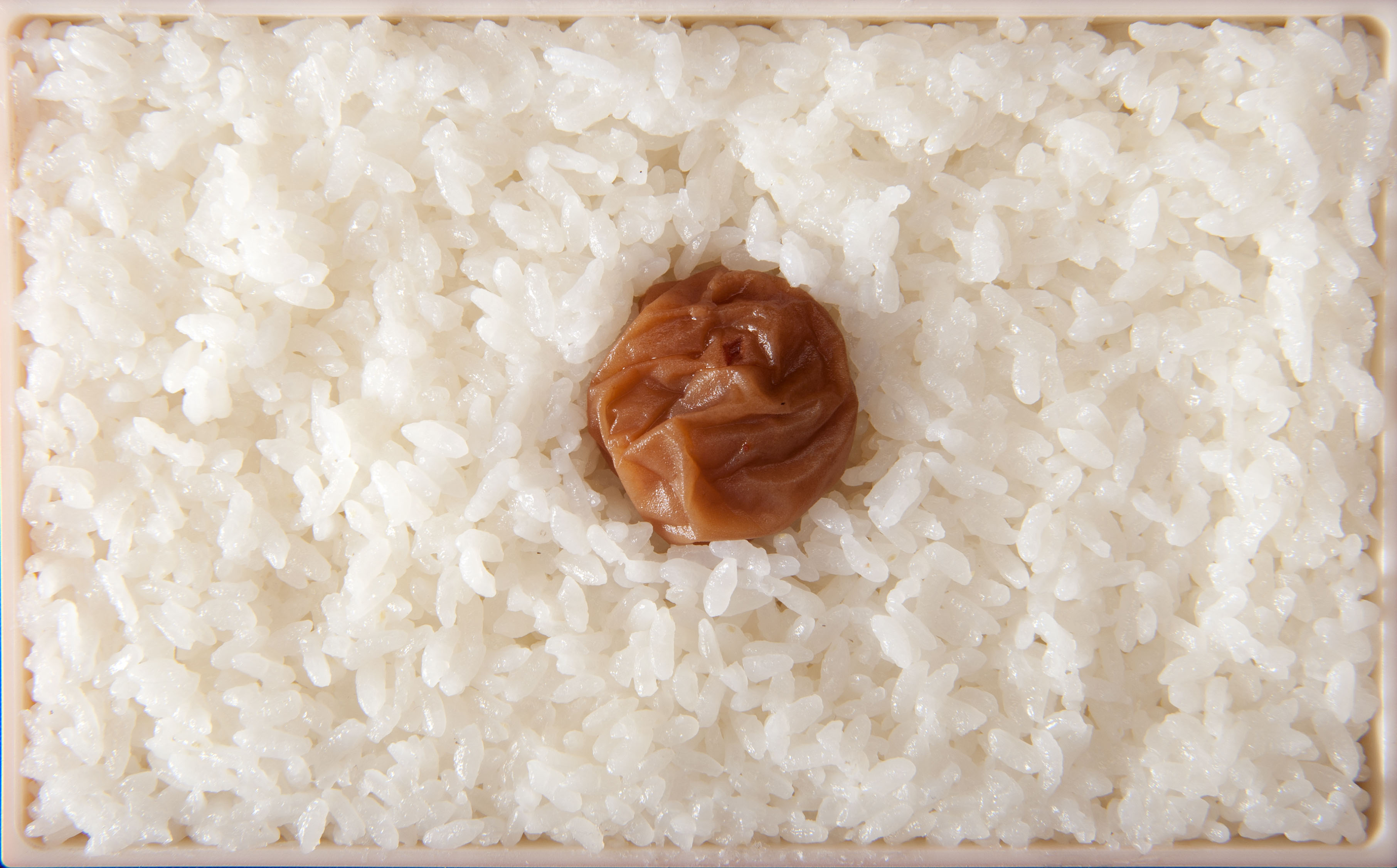Japanese cuisine has more than its share of acquired tastes, and umeboshi are near the top of the list. Intensely sour and salty, these traditional tsukemono (pickles) are prepared over several weeks, starting in June when the fruits of the ume tree are ripe, and finishing up in July under the hot midsummer sun. Ume are related to plums and apricots.
Making enough umeboshi to last the rest of the year was a task in most Japanese households for hundreds of years. Both of my grandmothers made a batch faithfully every summer, each tasting entirely different from the other. My paternal grandmother made pale, moist ones that were more sour than salty, and my maternal grandmother made umeboshi that were so salty that the surface glistened with crystals.
They both made their umeboshi in similar ways, but the differences came from the amount of salt used and how the fruit was handled. My father's mother lived in a small house in central Tokyo and did not have a lot of room to spread out her umeboshi, so she kept the drying (hoshi) phase short, the salt fairly low, and disinfected her pots with shōchū liquor to ward off mold. My mother's mother lived in a small town and had the space to give her umeboshi lots of sun and air and relied solely on salt and the natural acidity of the ume to preserve them. Her umeboshi were as wrinkled and brown as her well-worn gardener's hands.



















With your current subscription plan you can comment on stories. However, before writing your first comment, please create a display name in the Profile section of your subscriber account page.